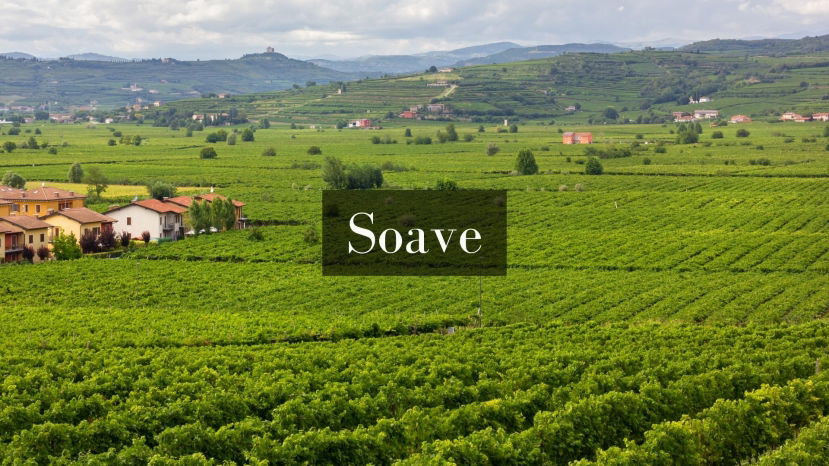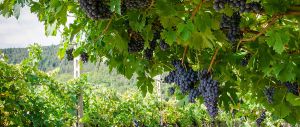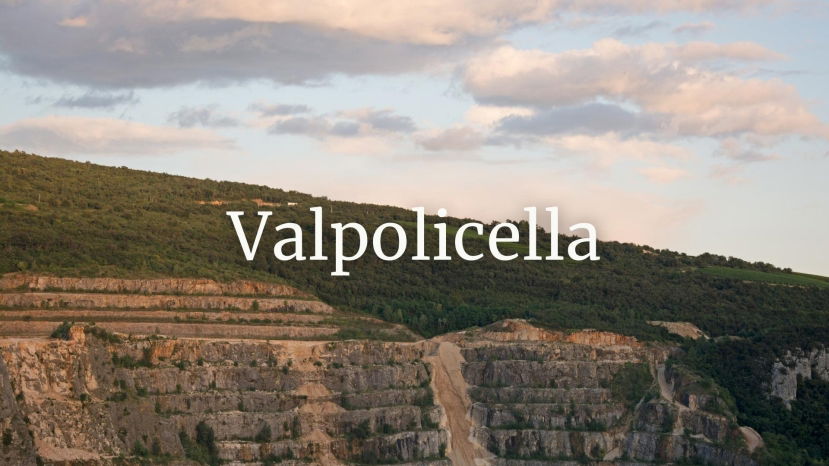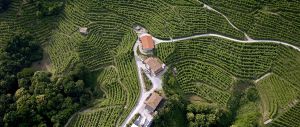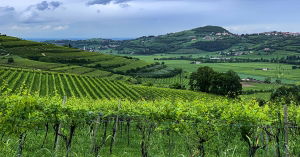BLOG
Veneto
Summary:
Soave is undoubtedly one of Italy's noble white wines. Although the wines of Soave lived through a turbulent past, they are finally back at the top where they belong.
Join us in learning how the wines, crafted with the indigenous Garganega grape, express the unique volcanic terroir of Soave in multi-faceted ways.
Presenter: Ciro
The grape varieties of Veneto Veneto’s grape varieties are almost equally divided between white and red. More than 60% of the cultivated varieties are native or Italian grapes. Among them, the indigenous Glera, Garganega and Corvina Veronese account for almost half of Veneto’s total plantings.
Summary:
Valpolicella is home to some of the world’s most unique wine styles all of which are based on grape varieties indigenous to the region.
Discover the natural and human factors that influence their production and the trends driving their evolution.
Educator Deborah Parker Wong was awarded the title of Valpolicella Wine Specialist by the
Today, Veneto represents Italy’s most productive wine region and accounts for 25% of Italy’s total DOC/G wine production.
The wines of Valpolicella dance across the tongue with the same lift and loveliness as the name itself. Ideal with humble pastas as well as lighter red meats and game birds, it is well-suited to the table. As the more modest bottling of the Valpolicella region, it is largely (and unfairly) overlooked among Italian reds these days.
Valpolicella is the so-called “everyday” red wine of the eponymous production zone that is situated just north of the city of Verona, and extends west and east of the city. Other reds here include the iconic Amarone della Valpolicella as well as Ripasso, a wine made via a method of refermentation and remaceration, in which a Valpolicella is “repassed” over the skins of grapes used for Amarone.

